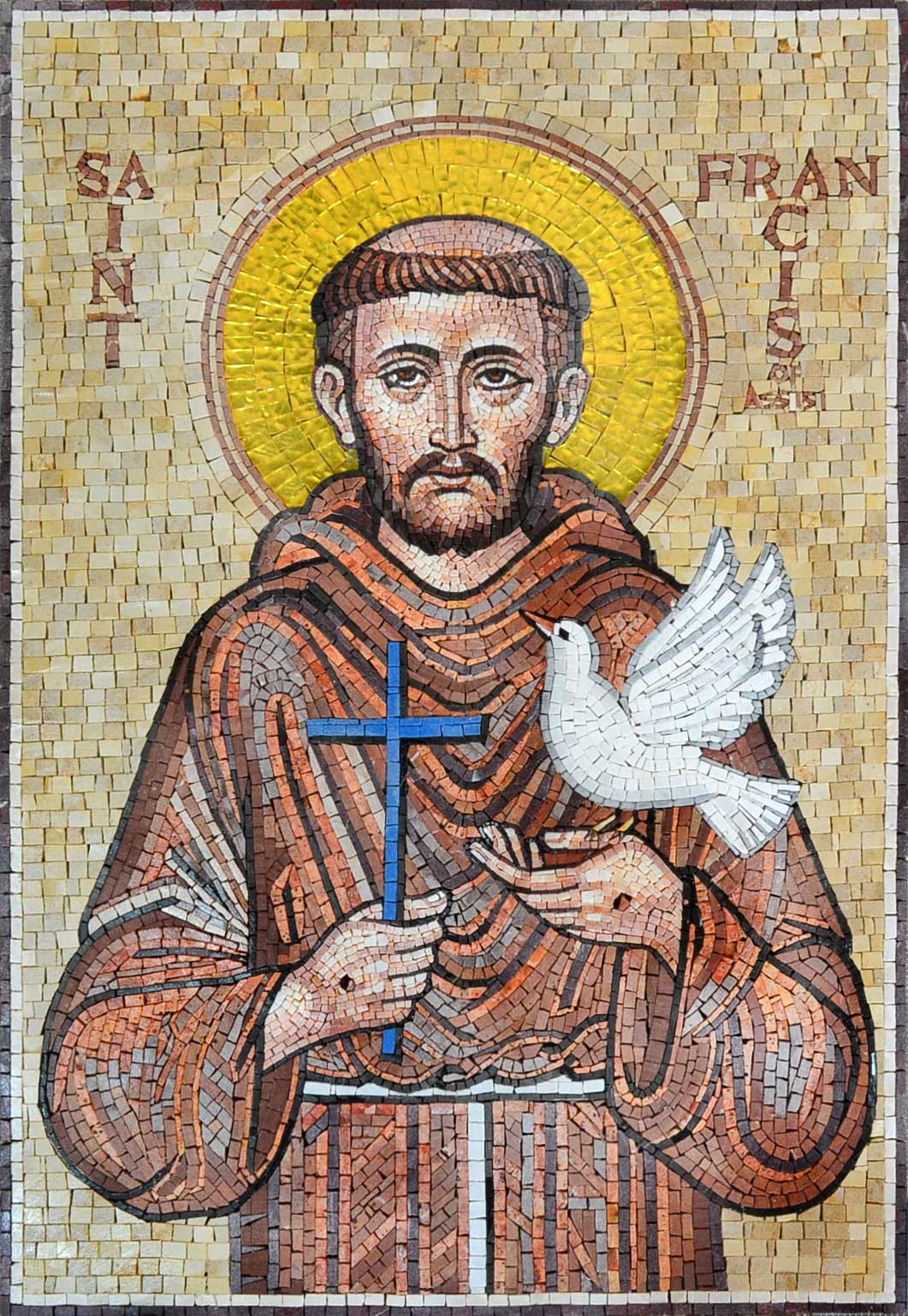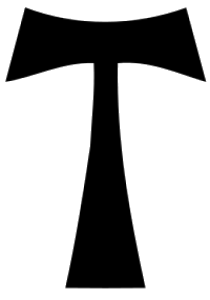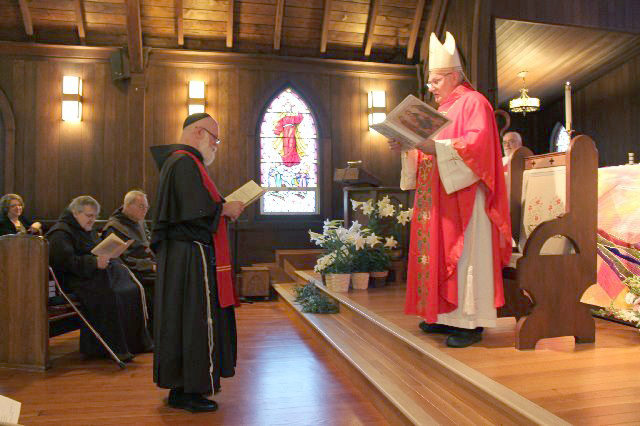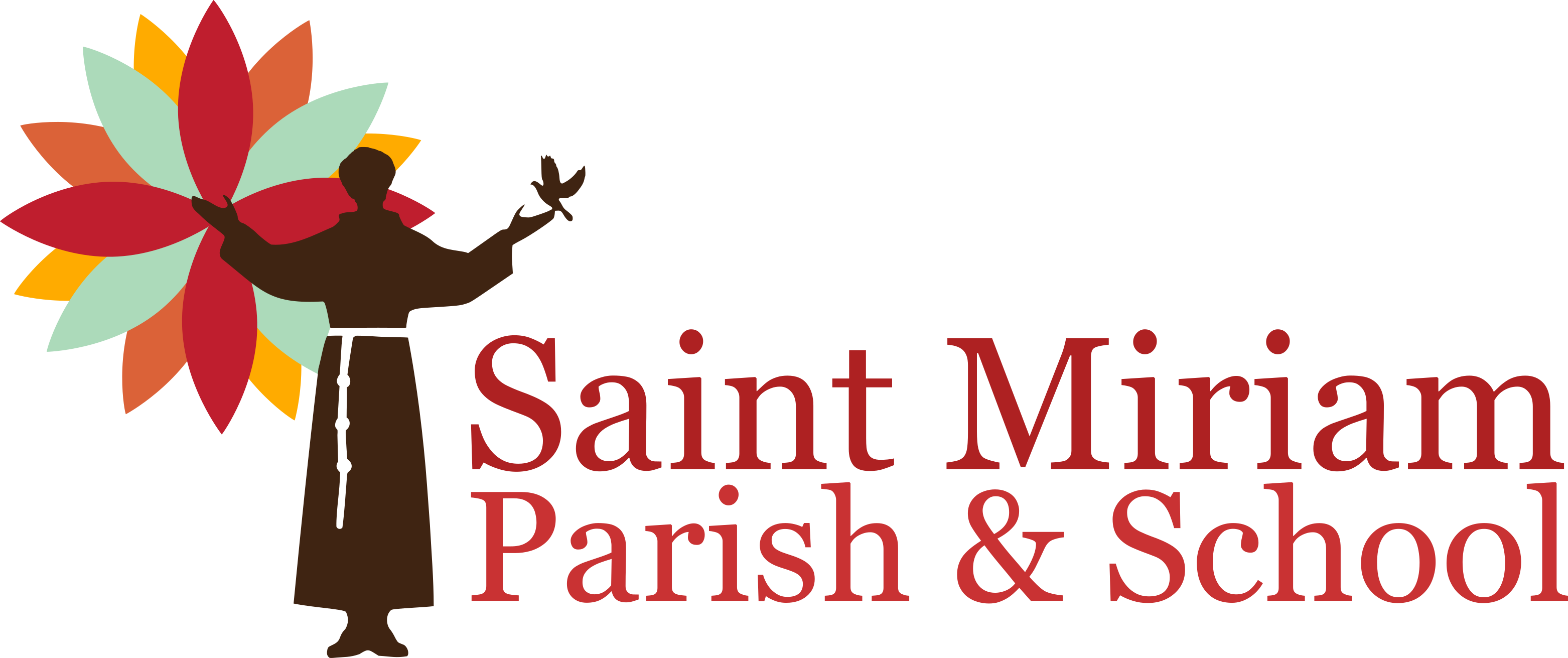T he initial formation is divided into three primary stages: An Orientation stage, an Inquiry stage, and a Candidacy stage. The Orientation stage is a time for determining a person’s interest, eligibility and disposition to enter the rest of the process.
he initial formation is divided into three primary stages: An Orientation stage, an Inquiry stage, and a Candidacy stage. The Orientation stage is a time for determining a person’s interest, eligibility and disposition to enter the rest of the process.
The Inquiry stage is a time of learning about the Franciscan charism and history. It is an important time of discernment to determine if the inquirer has a vocation to the Order. If a vocation is discerned, both by the individual and the local fraternity, the inquirer is received into the Order at a brief ceremony surrounded by their new brothers and sisters.
The goal of the final Candidacy phase of formation is the candidate’s profession to live the Rule of the Secular Franciscan Order. Profession is a lifetime commitment to follow the Gospel in fraternal relationship with other professed sisters and brothers.
Formation at The Friary of Saint Miriam
The process of becoming a professed Secular Franciscan at Saint Miriam is a journey akin to a First Order Friary in that it culminates in a lifelong commitment to live the gospel following the example of St. Francis of Assisi. This formation process unfolds in regularly scheduled formation sessions during which the home study material is thoroughly discussed. Our priests are Friars who will guide, direct, and embrace you as formation begins and your soul discovers a calling. To discern becoming a Candidate for Permanent Vows as a Friar Minor (OSF), Click Here.
The first stage, Orientation, provides time for dialogue and developing relationships in fraternity. During Orientation you will be introduced to the lives of St. Francis and St. Clare and share in Franciscan prayer life. You will be given general information about the Secular Franciscan Order. You must attend monthly meetings and spiritual direction. Orientation is a time to discern if the Spirit is calling you to a Secular Franciscan vocation. The period of Orientation is a minimum of six months.
The second stage, Inquiry, is the first real formal period of initiation. It is a time of in-depth study of the lives of St. Francis and St. Clare. During Inquiry, you will learn about the Franciscan charism and Franciscan history. You will deepen your understanding of what it means to be secular and Franciscan, and you will continue to discern if the Spirit is calling you to the Secular Franciscan way of life. The period of Inquiry is a minimum of six months to a year. If a vocation is discerned, the Inquirer is received into the Order.
The third stage, Candidacy, is the final formal period of initiation. It is a time of preparing for permanent commitment by immersion into fraternity life. Central to this stage of formation is to observe the gospel of our Lord Jesus Christ by following Saint Francis of Assisi, who made Christ the inspiration and the center of his life with God and people.
After profession of the Franciscan Rule and permanent commitment to the gospel way of life, the newly professed member joins the rest of the fraternity in ongoing formation.

The TAU Cross Symbol
 Often people find this symbol in relation to all the various communities of Franciscan faith and formation. St. Francis used the TAU in his writings, painted on the walls and doors of the places where he stayed, and used it as his only signature on his writings.
Often people find this symbol in relation to all the various communities of Franciscan faith and formation. St. Francis used the TAU in his writings, painted on the walls and doors of the places where he stayed, and used it as his only signature on his writings.
The first recorded reference to the TAU is from Ezekiel 9:4, “Go through the city of Jerusalem and put a TAU on the foreheads of those who grieve and lament over all the detestable things that are done in it.” The TAU is the last letter of the Hebrew alphabet and looks very much like the letter “T.”
At the Fourth Lateran Council, on November 11, 1215, Pope Innocent made reference to the TAU and quoted the above verse in reference to the profaning of the Holy Places by the Saracens. It is widely accepted that St. Francis was present at the Fourth Lateran Council and that he heard the words of Pope Innocent III when he said, “The TAU has exactly the same form as the Cross on which our Lord was crucified on Calvary, and only those will be marked with this sign and will obtain mercy who have mortified their flesh and conformed their life to that of the Crucified Savior.” From then on, the TAU became Francis’ own coat of arms.
St. Bonaventure said, “This TAU symbol had all the veneration and all the devotion of the saint: he spoke of it often in order to recommend it, and he traced it on himself before beginning each of his actions.” Thomas of Celano, another Franciscan historian writes, “Francis preferred the Tau above all other symbols: he utilized it as his only signature for his letters, and he painted the image of it on the walls of all the places in which he stayed.”
 In the famous blessing of Brother Leo, Francis wrote on parchment, “May the Lord bless you and keep you! May the Lord show His face to you and be merciful to you! May the Lord lift up His countenance upon you and give you peace! God bless you Brother Leo!” Francis sketched a head (of Brother Leo) and then drew the TAU over this portrait.
In the famous blessing of Brother Leo, Francis wrote on parchment, “May the Lord bless you and keep you! May the Lord show His face to you and be merciful to you! May the Lord lift up His countenance upon you and give you peace! God bless you Brother Leo!” Francis sketched a head (of Brother Leo) and then drew the TAU over this portrait.
Due, no doubt, in large part to Francis’ own affection for and devotion to the TAU, it has been a well-recognized and accepted Franciscan symbol among Franciscans of various denominations and of all orders within those denominations for centuries. It remains so today. The TAU carries with it all of the symbolism of the Cross of Christ as well as Francis’ ideal of life and dream for himself and his followers.
